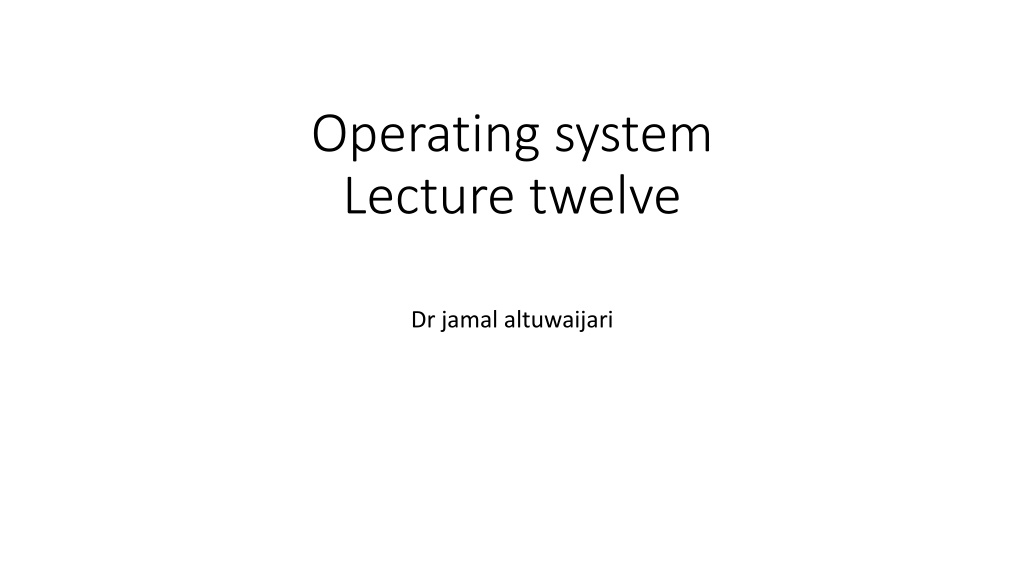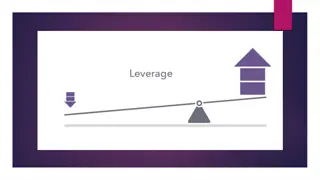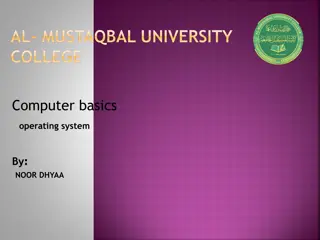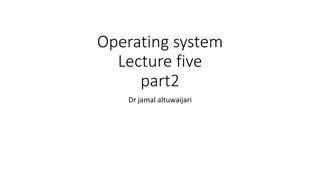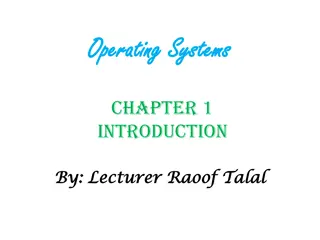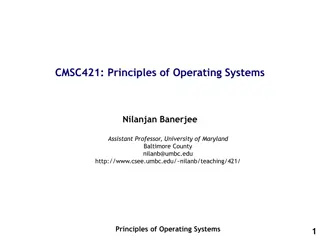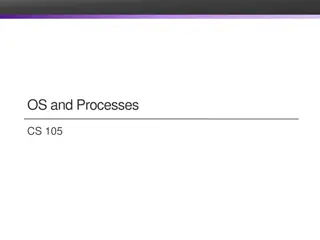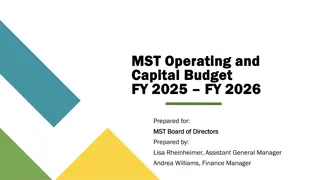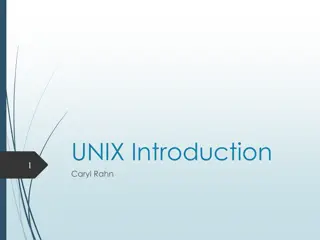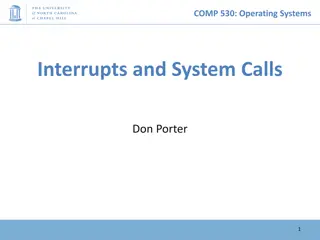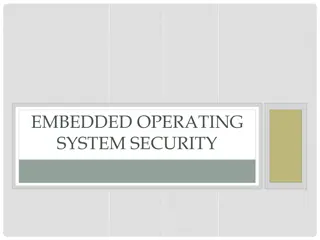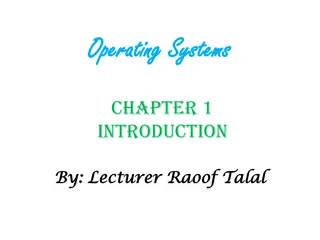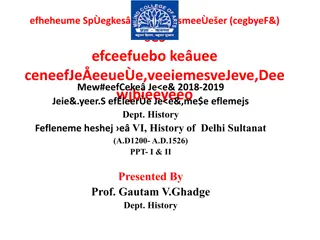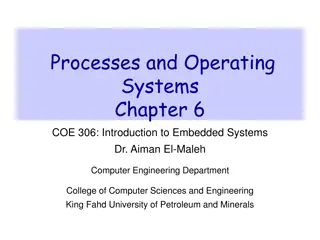Operating System Lecture twelve
In this lecture, Dr. Jamal Altuwaijari covers key concepts of operating systems. He delves into topics such as system structures, processes, memory management, file systems, and more. Gain insights into the core principles and inner workings of operating systems through the expertise of Dr. Altuwaijari in this informative session.
Download Presentation

Please find below an Image/Link to download the presentation.
The content on the website is provided AS IS for your information and personal use only. It may not be sold, licensed, or shared on other websites without obtaining consent from the author.If you encounter any issues during the download, it is possible that the publisher has removed the file from their server.
You are allowed to download the files provided on this website for personal or commercial use, subject to the condition that they are used lawfully. All files are the property of their respective owners.
The content on the website is provided AS IS for your information and personal use only. It may not be sold, licensed, or shared on other websites without obtaining consent from the author.
E N D
Presentation Transcript
Operating system Lecture twelve Dr jamal altuwaijari
12.1 12.1 Distributed and Network Distributed and Network O/S O/S clock, instead each processor, has its own local memory and the processors communicate with each other through various communication lines. There are four major reasons for building distributed systems. 1- Resource sharing 2- Computation speed up. 3- Reliability . 4- communication .
Note: A D.O/S. Provides with access to the various resources (H/W or S/W). The O/S control the type of access. There are two types for providing such service: 1-Network O/S: The users are aware of the multiplicity of machines and need to access these resources by either logging into the appropriate remote machine or transferring data from remote to their own machines. 2- Distributed O/S The users don't need to be aware of the multiplicity of machines, they access Remote resources in the same manner as they do local resources. The distributed system is shown in the figure 12.1 below.
12.2 12.2 protection protection C/S contain many objects .These objects need to be protected from misuse . Objects may be H/W (such as memory , CPU , or I/O devices ) or S/W (such as files , programs, and abstract data types). An access right is permission to perform on an object . The access matrix Is a general model of protection.
12.3 Security 12.3 Security Protection is an internal problem Object Domain F1 F2 F3 Printer D1 D2 D3 Execute Execute Execute Write Read Read Execute
12.3 12.3 Security Security Security is internal and external . Security must consider both the O/S and the Environment (people , building , business , valuable , objects , and processes ). Within which the system is used . The data stored in O/S system must be protected From unacathorized access, malicious destruction or attraction and accidental Introduction of inconsistency. Authentication is based on one or of three item: 1-User procession (a key or card ). 2-User knowledge (a user identifier and password). 3-User attribute (finger print , retina pattern or signature ). Passwords Encryption (encoded) cipher Decoded (decipher or decrypt )
